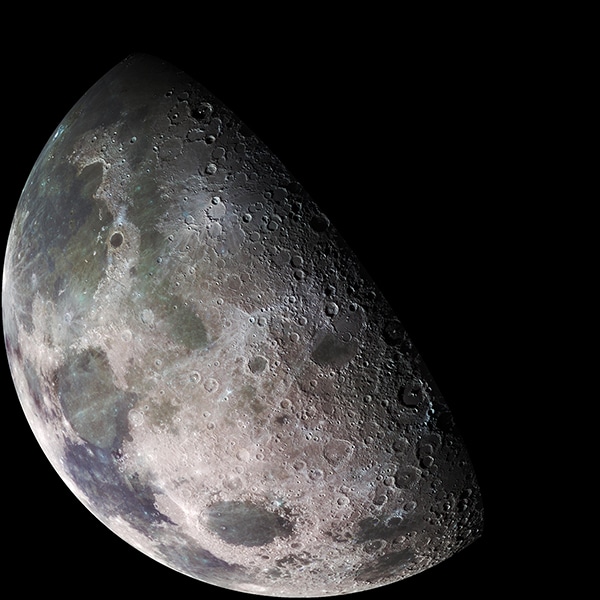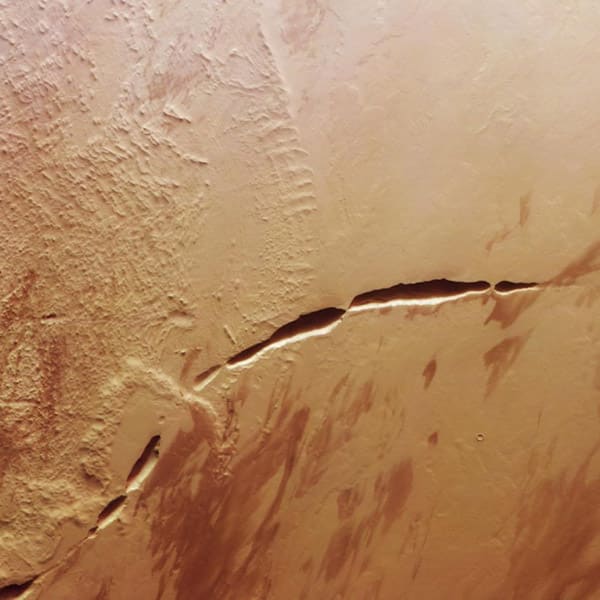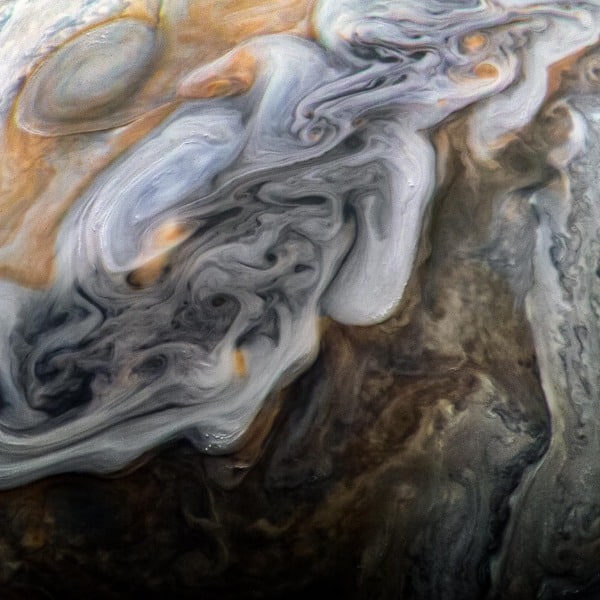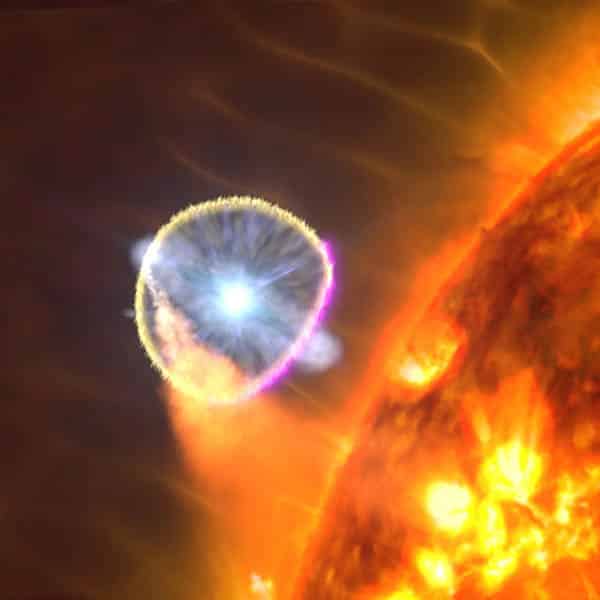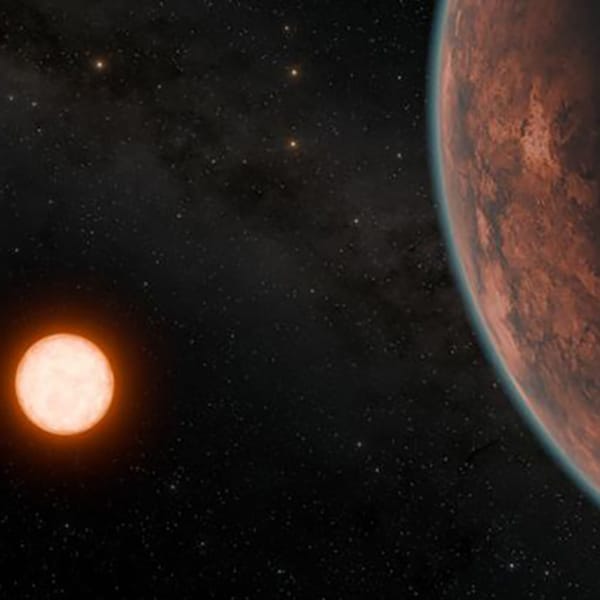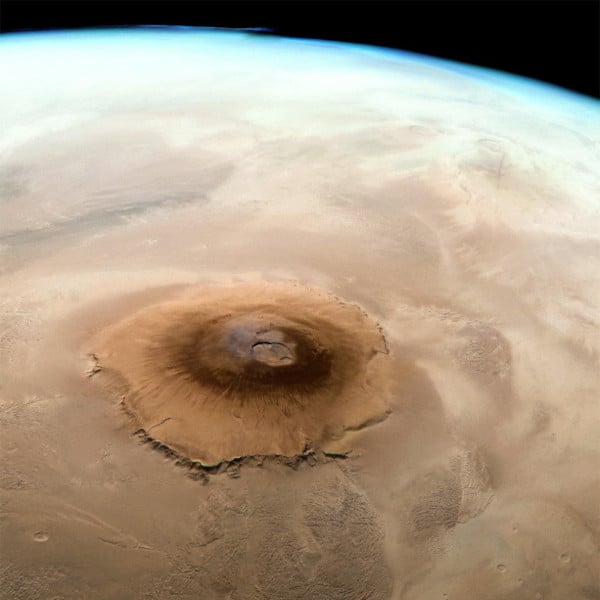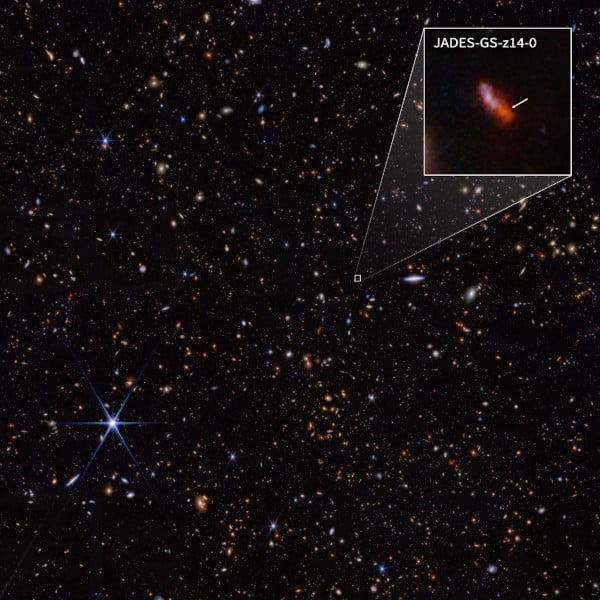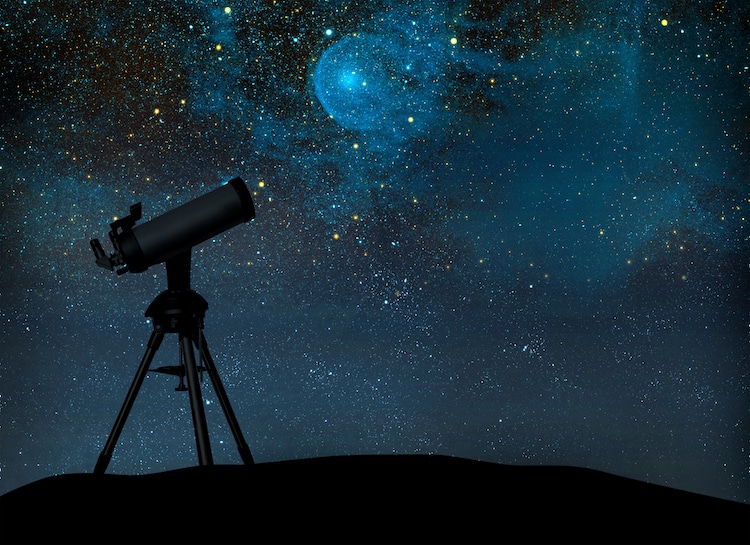
Photo: Olegkalina/Depositphotos
Since the beginning of recorded history, our universe has provoked questions and sparked curiosity. Nebulae, planets, galaxies, asteroids, black holes—the list of fascinating celestial objects goes on and on. And while there are still many mysteries of our universe that remain unexplained, thanks to the work of famous astronomers throughout history we've discovered many answers about the stars.
Using math, physics, chemistry, and observation, astronomers have been trying to explain the origins of our universe since ancient times. Though theories have changed and developed, a look back at the history of astronomy shows the incredible amount these scientists learned even without advanced technology. And as that technology has developed, contemporary astronomers have continued to build on what was learned in the past.
So who are the most famous astronomers in history? Our list starts with Greek astronomer Ptolemy, whose incorrect theory of the universe remained undebunked for over a thousand years. We then move on to some of the big names any lover of outer space will know—Copernicus, Galileo, Kepler, and Newton. These giants of the scientific revolution transformed what we know about the universe and laid the groundwork for some of the modern astronomy giants to come.
Of course, no list of famous astronomers would be complete without Albert Einstein. As one of the best scientific minds in history, his work on relativity changed astronomy. Along the way, we'll also discover more about famous astronomers who are less familiar to non-experts but who have, nonetheless contributed greatly to our knowledge of space. Whether cataloging deep-sky objects, studying the rings of Saturn, predicting comets, or explaining gravity, every astronomer on our list has helped shape our vision of the universe.
Interested in the people who help us understand the cosmos? Here is our list of 14 famous astronomers everyone needs to know.
Claudius Ptolemy
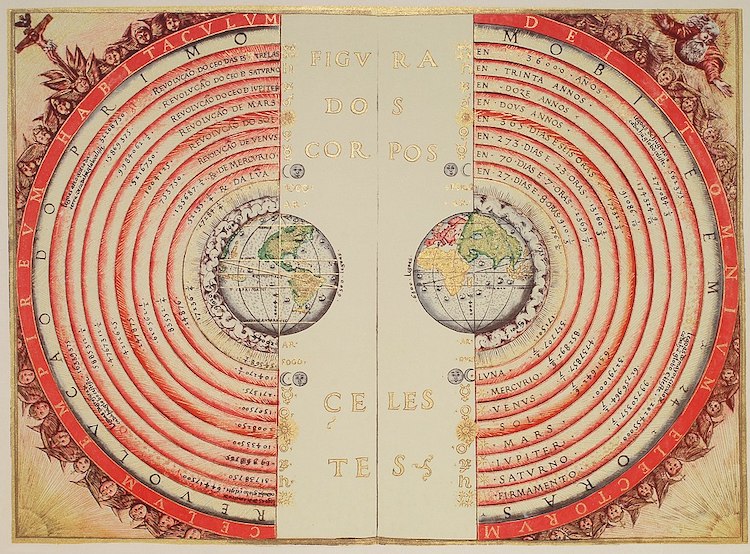
A depiction of the Ptolemaic Universe as described in the “Planetary Hypotheses” by Bartolomeu Velho (1568). (Photo: Bartolomeu Velho, via Wikimedia Commons, Public domain)
Full Name | Claudius Ptolemy |
Born | c. 100 CE (Egypt) |
Died | c. 170 CE (Alessandria, Egypt) |
Notable Contribution | Geocentric theory of the universe |
Though we now know that the model of the universe described by Greek astronomer and mathematician Claudius Ptolemy is incorrect, he still warrants a place on this list. This Ptolemaic view of the universe stated that the Earth was at its center. The Sun, Moon, stars, and planets all revolved around it in circular paths at constant speeds. Of course, this is not true, but it would take over a thousand years before other astronomers were able to convince the world that Ptolemy was wrong. His writings are the culmination of ancient astronomy before the Middle Ages and without him, we wouldn't have knowledge of other important works, like Hipparchus’ star catalog.
Nicolaus Copernicus

Copernicus' diagram of his heliocentric universe. (Photo: De Revolutionibus, via Wikimedia Commons, Public domain)
Full Name | Nicolaus Copernicus |
Born | February 19, 1473 (Thorn, Poland) |
Died | May 24, 1543 (Frauenburg, Warmia, Poland) |
Notable Contribution | Heliocentric theory of the universe |
The Polish astronomer revolutionized the field by challenging what had been common thought since ancient times. Copernicus proposed a new model of the universe, one where the planets revolved around the Sun rather than everything revolving around Earth. While his heliocentric model of the universe wasn't completely correct—his planets had circular orbits—and was slow to catch on, it later became accepted thought. This was, in part, due to later work and observations by Tycho Brahe, Galileo, and Johannes Kepler.
Galileo Galilei

“Portrait of Galileo” by Justus Sustermans, via Wikimedia Commons (Public domain)
Full Name | Galileo di Vincenzo Bonaiuti de' Galilei |
Born | February 15, 1564 (Pisa, Italy) |
Died | January 8, 1642 (Arcetri, Italy) |
Notable Contribution | Considered father of observational astronomy |
While Italian astronomer Galileo Galilei is often incorrectly named the inventor of the telescope, he did greatly improve the design of the telescope. This would have major consequences, as it allowed Galileo to discover Saturn's rings and Jupiter's four largest moons. In addition, he recorded the phases of Venus and was the first person to see the craters on the Moon. Though Copernicus has already bucked tradition and promoted a heliocentric model of the universe, Galileo was an important supporter of the concept. This support would, unfortunately for him, eventually cause him to be put under house arrest.
Johannes Kepler
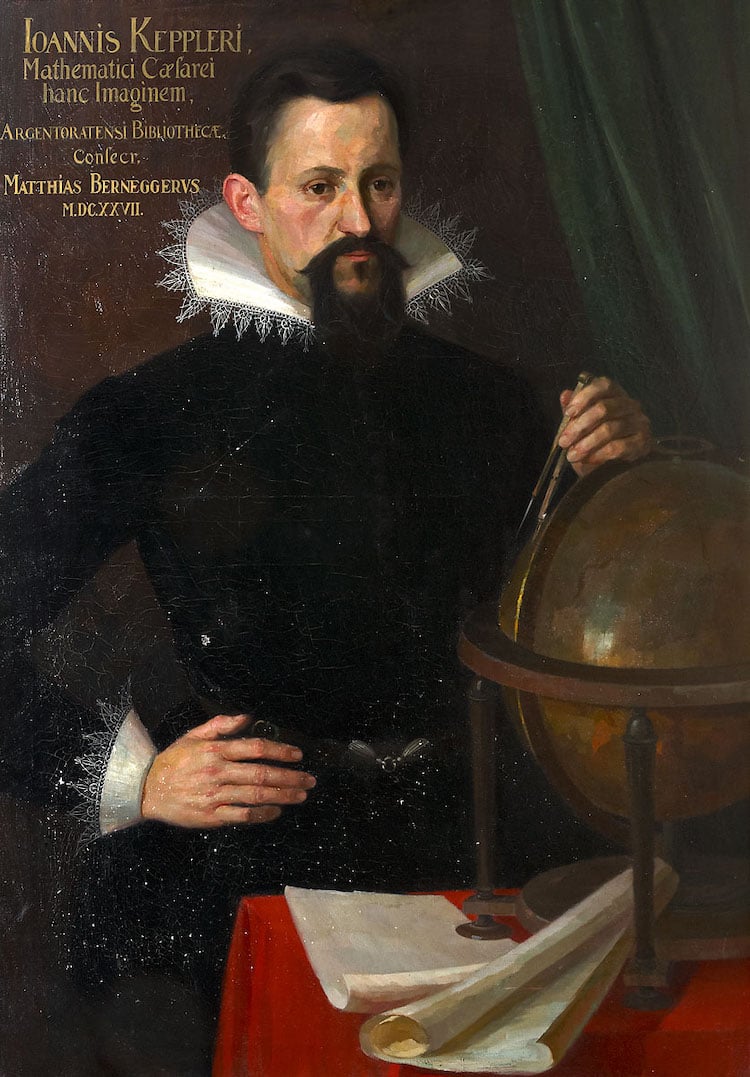
Portrait of Johannes Kepler by Unknown Artist. (Photo: Kepler-Museum in Weil der Stadt, via Wikimedia Commons, Public domain)
Full Name | Johannes Kepler |
Born | December 27, 1571 (Free Imperial City of Weil der Stadt, Germany) |
Died | November 15, 1630 (Free Imperial City of Regensburg, Germany) |
Notable Contribution | Laws of Planetary Motion |
With his laws of planetary motion, Johannes Kepler laid out clear rules for how planets orbited around the Sun. These three laws, known as Kepler's laws, would be important for Newton's later work on universal gravitation. And, they are still used by astronomers today. While Kepler agreed with the heliocentric model that Copernicus and Galileo also championed, his work tweaked what was accepted at the time. Instead of having circular orbits, as Copernicus stated, Kepler was the first to suggest that planets had elliptical trajectories. In addition, Kepler was also the first astronomer to explain how the Moon influenced tides.
Christiaan Huygens
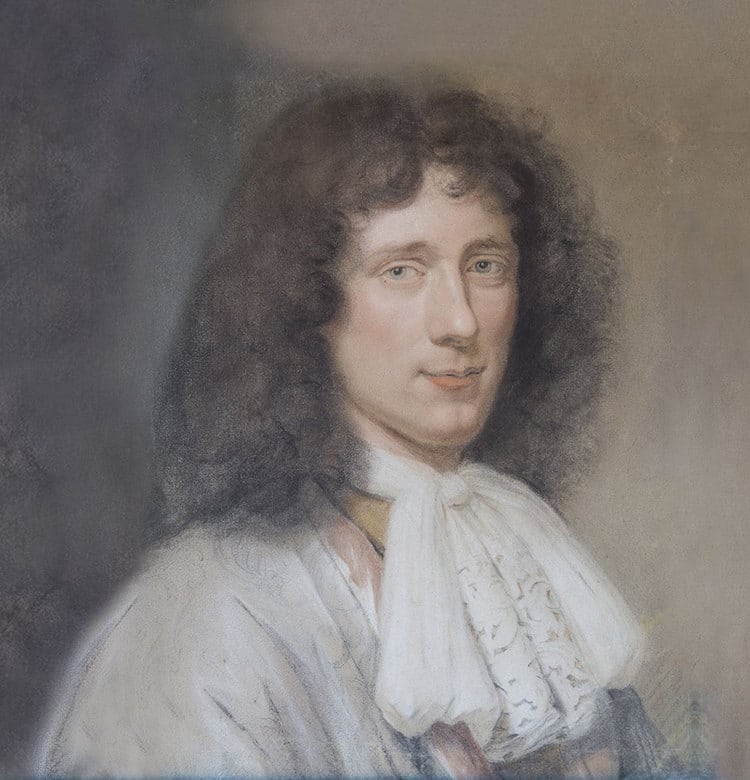
Portrait of Christiaan Huygens by Bernard Vaillant. 1686. (Photo: Huygensmuseum Hofwijck, via Wikimedia Commons, Public domain)
Full Name | Christiaan Huygens |
Born | April 14, 1629 (The Hague, Netherlands)
|
Died | July 8, 1695 (The Hague, Netherlands) |
Notable Contribution | Discovered Titan, Saturn's largest moon |
A leading figure in the scientific revolution, Christiaan Huygens made breakthrough discoveries in astronomy, optics, and mechanics. In relation to astronomy, he improved the design of the telescope, which allowed him to discover Saturn's largest moon, Titan. He also made a sketch of the Orion nebula and introduced the concept of the micrometer, which allowed telescopes to be used as tools to measure astronomical objects. In his book Cosmotheoros, which was posthumously published in 1695, he speculated about the possibility of life on other planets, stating that liquid water was necessary to support life.
Sir Isaac Newton
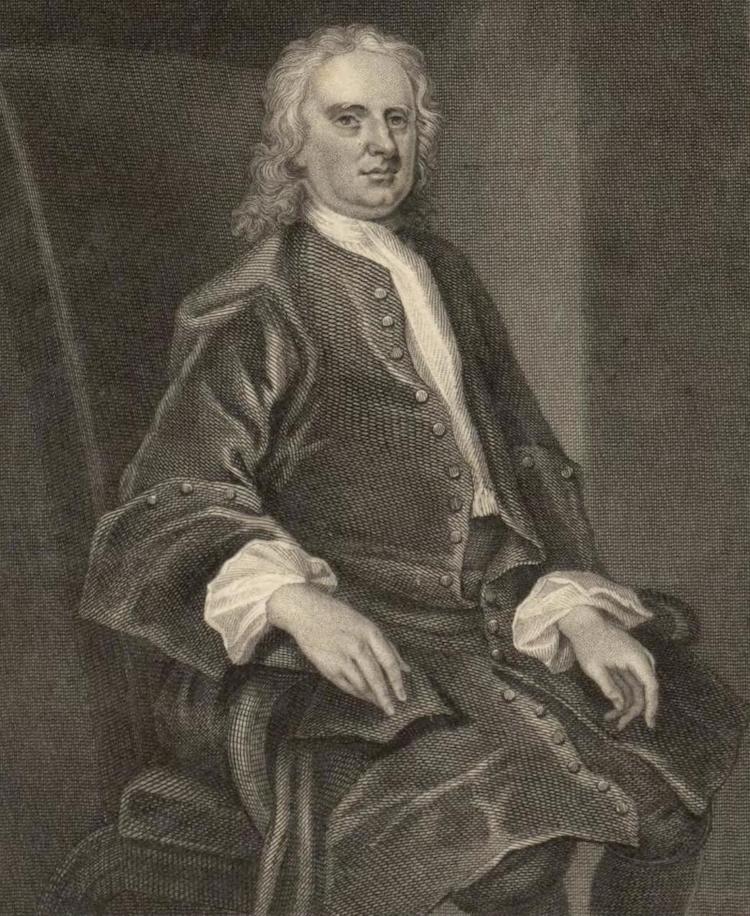
Engraving of Sir Isaac Newton (Photo: John Vanderbank via Wikimedia Commons, Public domain)
Full Name | Isaac Newton |
Born | January 4, 1643 (Woolsthorpe-by-Colsterworth, England) |
Died | March 31, 1727 (Kensington, England) |
Notable Contribution | Universal Laws of Motion |
One of the most influential scientists in history, Sir Isaac Newton‘s 1687 Principia laid out the law of motion and universal gravitation that would dominate the field until Einstein's theory of relativity. He used his description of gravity to confirm the heliocentric model of the universe and demonstrated that the motion of objects on Earth and celestial bodies could be accounted for using the same means. He also built the first reflecting telescope and is known for his important studies of light.
Edmond Halley
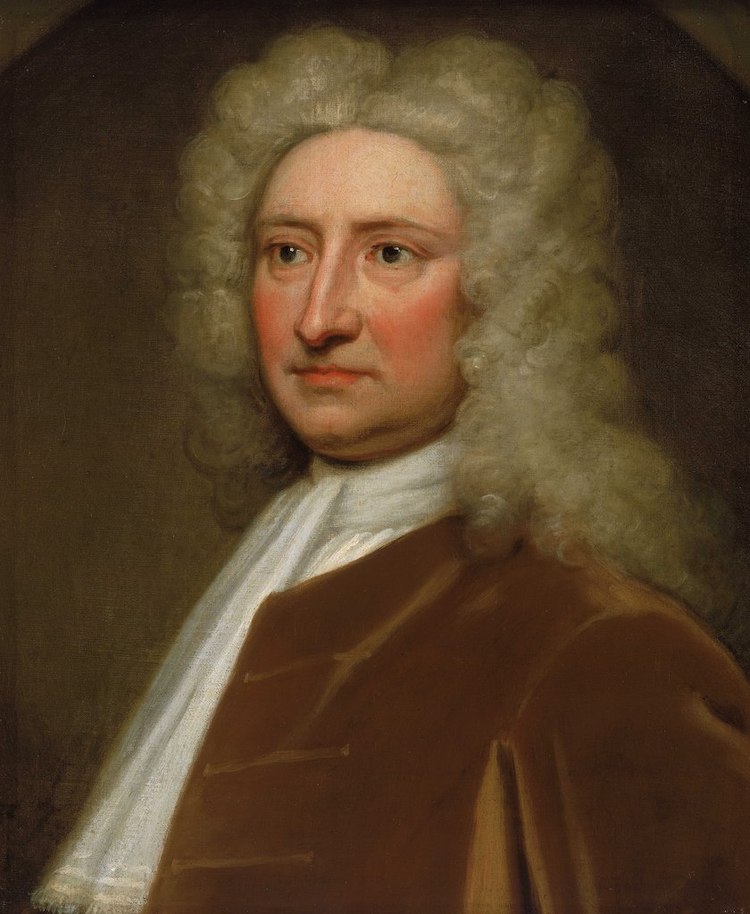
Edmond Halley by Godfrey Kneller (Photo: Royal Museums Greenwich, via Wikimedia Commons, Public domain)
Full Name | Edmond Halley |
Born | November 8, 1656 (Haggerston, England)
|
Died | January 25, 1742 (Greenwich, England) |
Notable Contribution | Predicted appearance of Halley's Comet |
Edmond Halley was a champion of Newton, both encouraging and funding Principia. But beyond that, Halley made incredible discoveries of his own from the observatory he constructed in Saint Helena, a British Territory in the South Atlantic Ocean. Not only did he catalog the southern celestial hemisphere, but he observed the transit of Mercury across the Sun. He then realized that a similar event by Venus could be used to measure the distance between Venus, the Earth, and the Sun. But, perhaps most memorably, he used Newton's laws of motion to predict when Halley's Comet would return. Though he did not live to see it, the comet was then named after him when it reappeared in 1758—exactly as predicted.
William Herschel
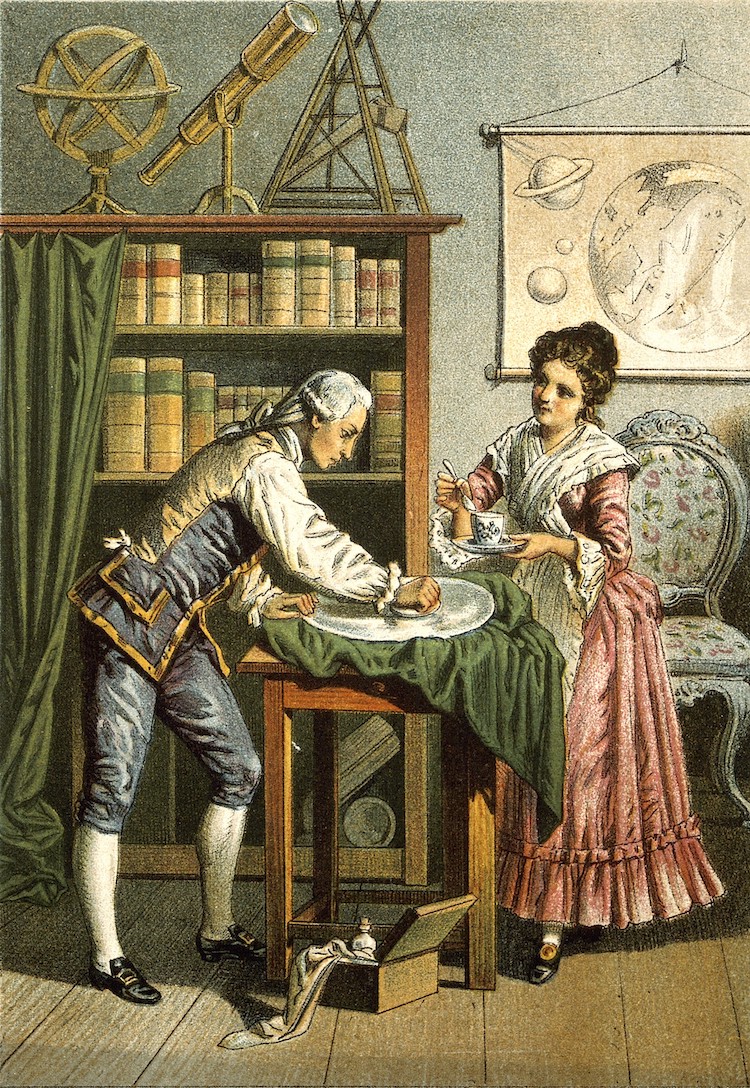
William Herschel and Caroline Herschel by A. Diethe. c. 1896. (Photo: Wellcome Library, via Wikimedia Commons, CC BY 4.0)
Full Name | Friedrich Wilhelm Herschel |
Born | November 15, 1738 (Hanover, Germany) |
Died | August 25, 1822 (Slough, England) |
Notable Contribution | Discovered Uranus; Cataloged 2,500 Deep-Sky Objects |
William Herschel was a man of discovery. This German-born astronomer built his first telescope in the late 18th century and spent nine years carrying out extensive observations of the sky along with his sister Caroline Herschel. Along the way, he published two catalogs of nebulae with 7,500 objects and discovered the planet Uranus, making him the first astronomer since antiquity to find a planet. He also realized that the solar system moved through space and even discovered infrared radiation while using filters to observe sunspots.
Annie Jump Cannon
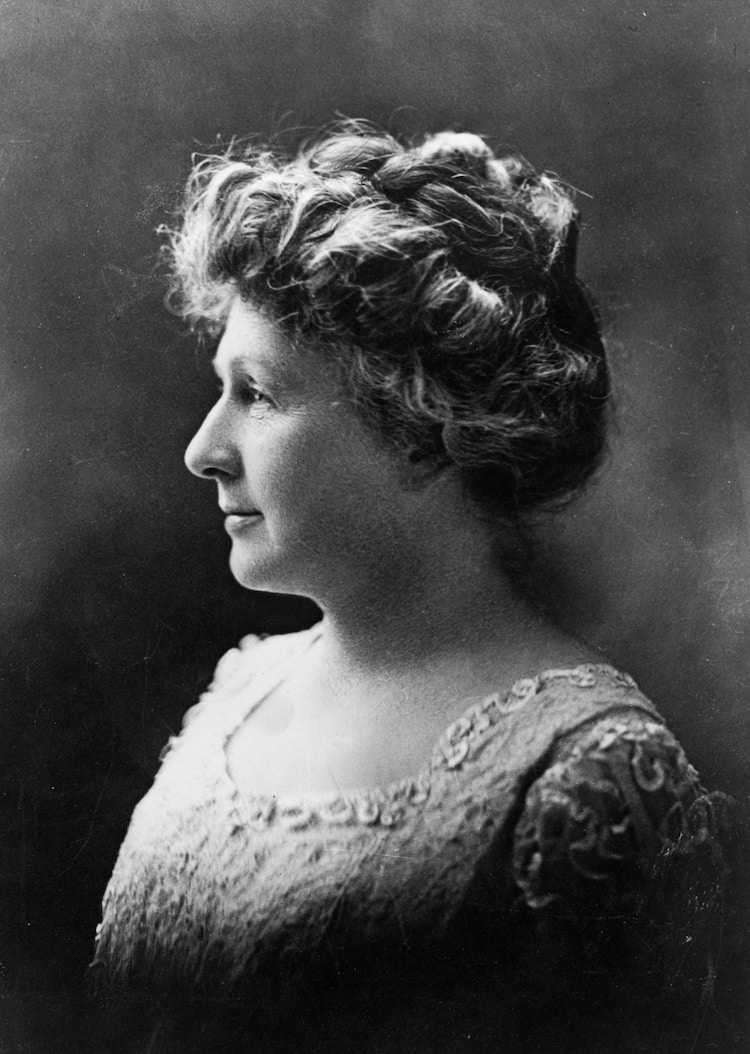
Annie Jump Cannon in 1922 (Photo: Library of Congress, via Wikimedia Commons, Public domain)
Full Name | Annie Jump Cannon |
Born | December 11, 1863 (Dover, Delaware)
|
Died | April 13, 1941 (Cambridge, Massachusetts) |
Notable Contribution | Developed star classification system |
At a time when it was unusual for women to work in astronomy, Annie Jump Cannon helped develop the Harvard Classification Scheme. This system for organizing and classifying stars according to temperature and spectral types is still used today. In addition, she manually classified around 350,000 stars and discovered 300 variable stars, five novas, and one spectroscopic binary. In 1925, she became the first woman to receive an honorary doctorate of science from Oxford University and is credited with helping women become an accepted part of the scientific community.
Henrietta Swan Leavitt
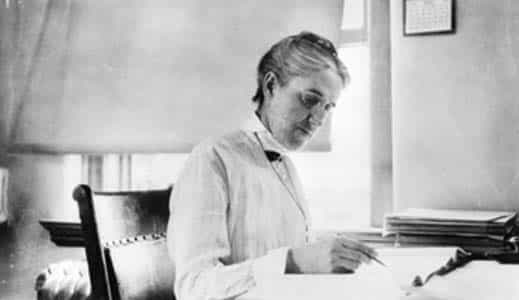
Henrietta Swan Leavitt at her desk at the Harvard College Observatory. (Photo:American Institute of Physics, Emilio Segrè Visual Archive, via Wikimedia Commons, Public domain)
Full Name | Henrietta Swan Leavitt |
Born | July 4, 1868 (Lancaster, Massachusetts)
|
Died | December 12, 1921 (Cambridge, Massachusetts) |
Notable Contribution | Discovering that Cepheid variables can be used as distance markers |
While working as a human computer at the Harvard College Observatory along with Annie Jump Cannon, Henrietta Swan Leavitt made a discovery that would change astronomy. As she was examining photographic plates in order to catalog the brightness of stars, she noticed that there was a direct correlation between the luminosity of pulsating stars known as Cepheid variables, and how often they pulsated. This knowledge allowed astronomers to use these stars as a distance marker, and therefore, measure the distance from Earth to faraway galaxies.
Albert Einstein
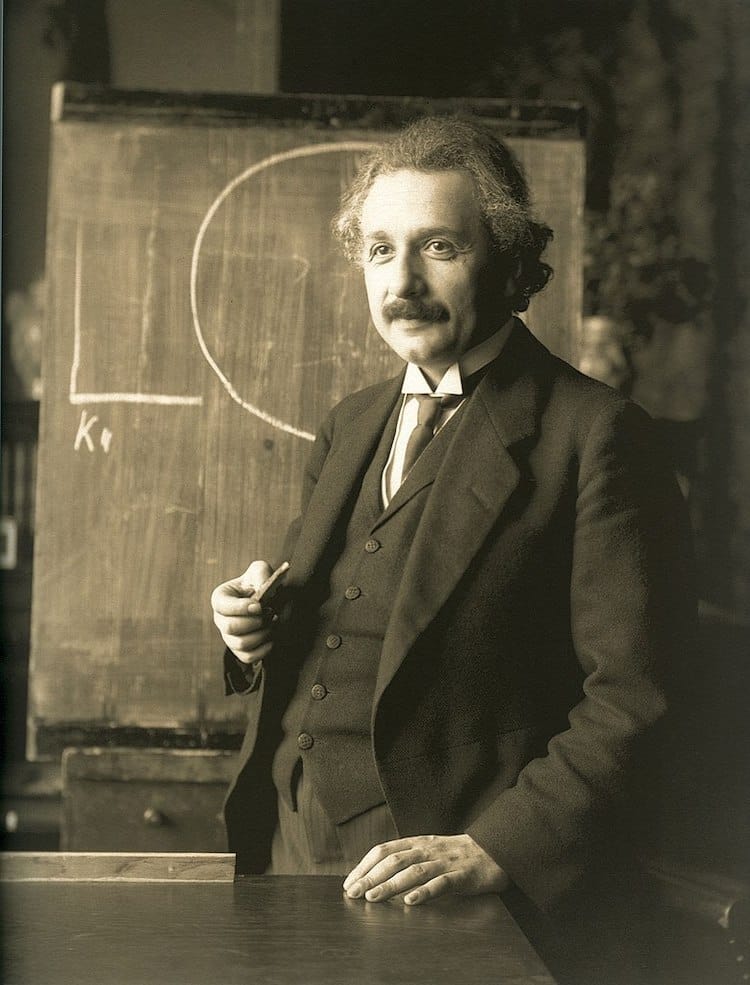
Albert Einstein during a lecture in Vienna in 1921 (Photo: F. Schmutzer via Wikimedia Commons, Public domain)
Full Name | Albert Einstein |
Born | March 14, 1879 (Ulm, Germany)
|
Died | April 18, 1955 (Princeton, New Jersey) |
Notable Contribution | Theory of Relativity |
No list would be complete without Albert Einstein, whose Theory of Relativity revolutionized science. His theory replaced much of Isaac Newton's theory of mechanics. Einstein's theory of general relativity become central to astronomy, helping describe the attributes of black holes, neutron stars, and gravitational waves. And, of course, he confirmed that the universe is expanding, with parts of it moving faster than the speed of light.
Edwin Hubble
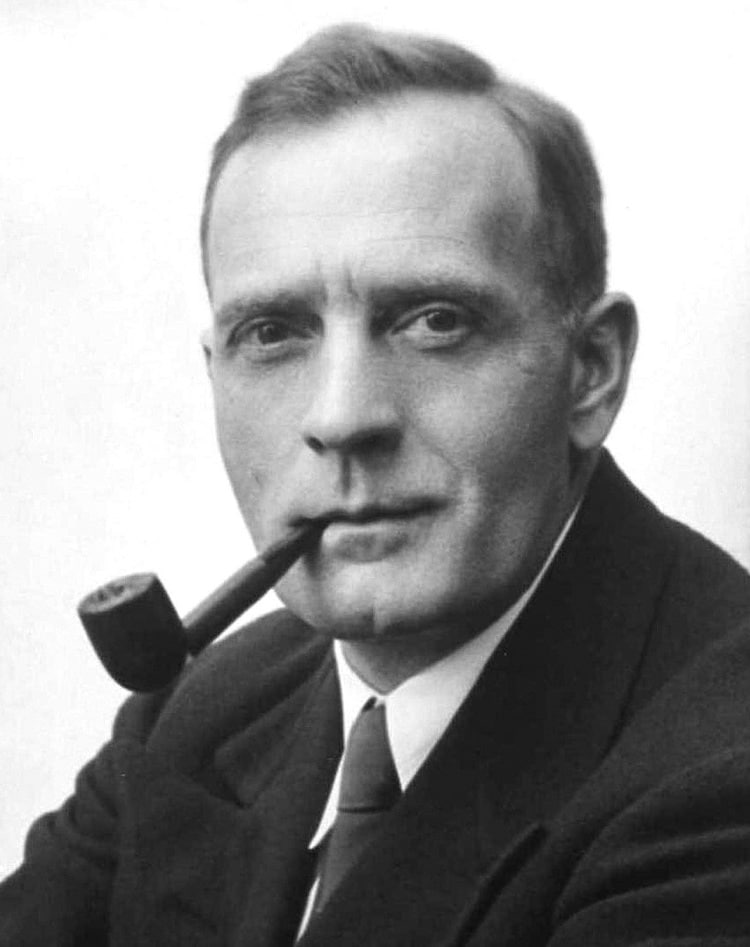
Edwin Hubble ins 1931. (Photo: Johan Hagemeyer, via Wikimedia Commons, Public domain)
Full Name | Edwin Powell Hubble |
Born | November 20, 1889 (Marshfield, Missouri)
|
Died | September 28, 1953 (San Marino, California) |
Notable Contribution | Proved the universe extended beyond the Milky Way |
At a time when it was believed that the Milky Way was the only galaxy in existence, Edwin Hubble proved otherwise. When working at the Mount Wilson Observatory in California, he discovered the Andromeda and Triangulum Galaxies. He also organized galaxies into three classes still used today—spiral, elliptical, and lenticular. Hubble fundamentally changed the way astronomers viewed the universe by also establishing Hubble's Law. This principle states that galaxies are moving away from Earth at a speed proportional to their distance and is the cornerstone of the Big Bang model.
William K. Hartmann
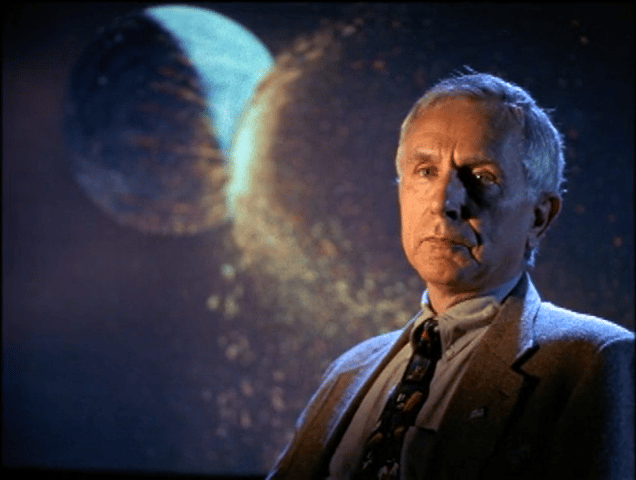
William Kenneth Hartmann being interviewed in 1998. (Photo: WGBH and the Library of Congress, via Wikimedia Commons, Public domain)
Full Name | William Kenneth Hartmann |
Born | June 6, 1939 (New Kensington, Pennsylvania) |
Notable Contribution | Helped Theia Impact become accepted by mainstream science |
Co-founder of the Planetary Science Institute, American astronomer William K. Hartmann is most well-known for his widely-accepted theory on how the Moon was formed. Hartmann, who is also an accomplished space artist, co-published this theory, known as the giant-impact hypothesis, in 1975. Hartmann's theory stated that the Moon was formed after a collision between Earth and a proto-planet called Theia. This impact, according to the theory, is also responsible for the Earth's tilt. This countered the previously accepted notion by George Darwin that the Moon and Earth were once joined and only separated due to centrifugal forces.
Stephen Hawking
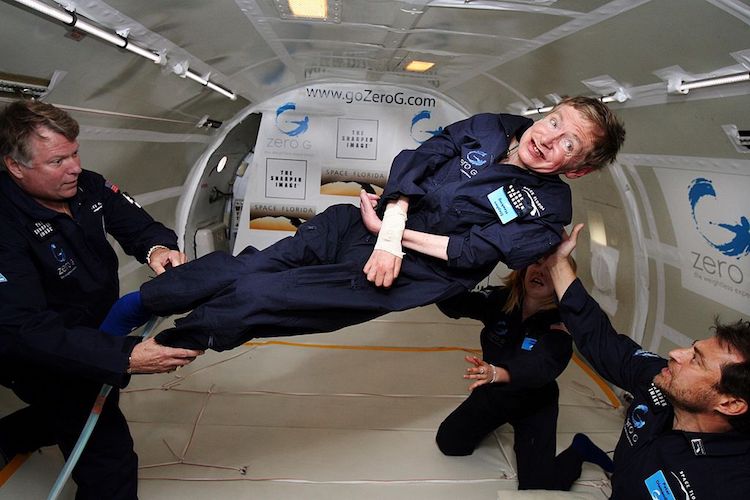
Stephen Hawking enjoying zero gravity during a flight aboard a modified Boeing 727 aircraft in 2007. (Photo: Jim Campbell/Aero-News Network via Wikimedia Commons, Public domain)
Full Name | Stephen Hawking |
Born | January 8, 1942 (Oxford, England) |
Died | March 14, 2018 (Cambridge, England) |
Notable Contribution | Hawking Radiaton Theory |
Considered one of the greatest scientific minds since Einstein, Stephen Hawking revolutionized cosmology and theoretical physics. His most important discovery was in stating that if the universe had a beginning (Big Bang), then it must also come to an end (a black hole). He also predicted that black holes emit radiation, which is now called Hawking radiation. In addition, he brought these theories to a broad audience with his book A Brief History of Time, which has sold over 25 million copies.
Related Articles:
20 Stellar Books About Outer Space
Who Was Marie Curie? Learn More About This Pioneering Nobel Prize Winner
29 Legendary Scientists Came Together in the “Most Intelligent Photo” Ever Taken
British Physicist Creates Over 1,600 Wikipedia Pages for Women Scientists and Scientists of Color













































































